Choosing the Fastest 3D Printer
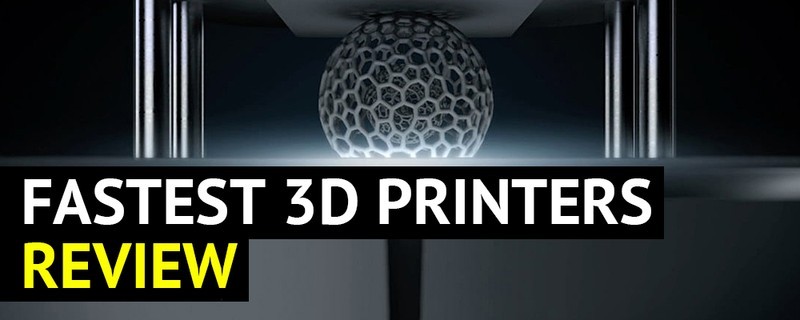
Compared to traditional ways of manufacturing, like, for example, injection molding, 3D printing has a number of advantages, production speed being one of them. The whole process of creating a part, from the very beginning to the ready-to-use model, takes less time when a 3D printer is used. We can go further and find out if all 3D printers provide the same printing speed. The answer is obvious — like with any equipment, technical specifications of 3D printers differ to a great extent, and speed is no exception.

Credit: behance.net
This is Top 3D Shop, and in this article, we are going to discuss which factors affect the speed of your printer, and name the fastest 3D printers in different price categories. Read on to learn more.
What is the fastest 3D printer?
Printing speed of different models may vary depending on a number of factors; one of them is the technology used. If we compare resin and FDM 3D printers, we’ll see that in general, FDM machines work a bit faster than conventional SLA devices, because it takes quite a lot of time for the laser to cure a layer. On the contrary, DLP and LCD resin printers are usually faster than FDM, as these technologies allow curing the whole layer at once, which saves pretty much time.

Credit: 3dprintspy.com
3D printers manufacturers often specify the parameter of print speed in millimeters per second. On average, a consumer printer can provide the speed of 40–60 mm/s. More advanced models are able to print at 100 mm/s, and the speed of high-end devices can reach 150 mm/s and more. But these numbers, although worth considering, don’t play the most important role in understanding how long the process of printing is going to take. Actually, they only define the speed at which the print head (in case of FDM) can move. Besides that, there are a whole lot of other factors that affect and determine the speed of your printer.
Which factors determine the printing speed?
- Printing materials and resolution. Some materials allow for higher speeds as they are easier to print and don't require much time to solidify. Besides, with some materials you can increase the layer height (i.e. the resolution), which speeds up the printing process, however, at the expense of quality.

Credit: 3dprint.com
- Print quality. Increasing the speed of your printer is likely to lead to loss of quality. This can be critical in some cases, like jewelry or dental manufacturing. So, it’s always the issue of finding the right balance between speed and acceptable quality.
- The complexity of the object being printed. The more complex the model you’re about to print, the more time you’ll have to wait for the final result. The fastest models to print usually have very simple geometry, like bricks, for instance.

Credit: blog.inkjetwholesale.com.au
The fastest resin 3D printers for home use
Resin LCD 3D printers are becoming popular with consumers, as they can print complex models with high resolution and accuracy, and smooth surface finish. This is the best choice for jewelry and dentistry manufacturing, and for end-use parts production which require high quality prints. Hobbyists who print miniatures will also appreciate all the advantages this technology provides.
Under $300
Creality3D HALOT-ONE 3D printer

The Creality3D HALOT-ONE is an entry-level desktop resin 3D printer that can become a perfect choice for newbies. The device features a decent build volume of 127x80x160 mm and an LCD screen with 1620x2560 resolution. The XY-axis precision is 0.01–0.05 mm, which allows for high-quality prints. The Creality3D HALOT-ONE is equipped with a dual cooling system that provides quick heat release and helps eliminate the odor. The 5-inch color touchscreen makes operating the device easy and intuitive.

Credit: fabbaloo.com
Pros
- User-friendly operation
- High print quality
- Compact design
- Dual cooling system
Cons
- The manual is not clear and detailed
Under $500
Anycubic Photon Mono X 3D printer

Credit: anycubic.com
The Anycubic Photon Mono X is a large LCD-based resin 3D printer with a build volume as tall as 192x120x245 mm. The device is equipped with a monochrome 8.9-inch 4K LCD screen and a new parallel light source for more uniform exposure. Together with the minimum layer height of just 10 microns, these features allow using the Anycubic Photon Mono X for various applications where precise detailed printing is required.

Credit: cults3d.com
Pros
- Large build volume
- Fast print speed
- Great print quality
Cons
- Build platform is difficult to clean
Under $1000
Phrozen Sonic Mighty 4K 3D printer

Credit: phrozen3d.com
The Phrozen Sonic Mighty 4K features a 9.3-inch 4K monochrome LCD screen which provides the curing time of just 2 seconds per layer, thus offering the user high printing speed combined with outstanding quality. The device is equipped with a dual linear Z-axis, which increases stability and reduces vibrations while printing. The Phrozen Sonic Mighty 4K has a spacious build volume of 200x125x220 mm and can be used successfully both by consumers and professionals.

Credit: reddit.com
Pros
- Extremely fast printing speed
- High-detailed prints
- Large build volume
Cons
- Resin vat is not easy to fit
The fastest FDM 3D printers
FDM 3D printers’ performance is perfect when it comes to prototyping. They are extremely helpful in creating large parts with less complex designs, when highly detailed printing is not the priority.
Under $300
QIDI Tech X-Maker 3D printer

The QIDI Tech X-Maker is a great educational device due to some features, including its ease of use, the enclosed printing area for safety, and two modes of proprietary slicer software — the QIDI Education Slicer software, specially designed for students and newcomers, and the QIDI Print Software for more experienced users. The machine features a magnetic flexible heated printing bed and a built-in camera that allows real-time remote monitoring of the printing process.

Credit: lesimprimantes3d.fr
Pros
- Compatible with a wide range of 1.75-mm filaments by different manufacturers
- Rather quiet
- Great value for money
Cons
- Relatively small build volume (170x150x160 mm)
Under $500
QIDI Tech X-Pro 3D printer

The QIDI Tech X-Pro is an FDM 3D printer that is suitable for a variety of applications, such as education, engineering and hobby. The device features a 6-mm aluminum build platform and a magnetic removable heated print bed. The QIDI Tech X-Pro provides high-quality accurate prints and is compatible with a great number of filaments, including those produced by third-party manufacturers.

Credit: amazon.com
Pros
- Dual extruder system
- Enclosed print chamber
- Intuitive and easy to operate
- Power-off resume feature
Cons
- Manual bed-leveling system
Under $1000
Wanhao Duplicator 5S Mini 3D printer

Credit: top3dshop.com
The Wanhao Duplicator 5S Mini is a smaller version of the Duplicator 5S. The machine is rather compact, still it features a pretty spacious build volume of 295x195x205 mm. The Wanhao Duplicator 5S Mini is equipped with a lightweight extruder providing high-speed printing. The minimum layer height of 20 microns allows for detailed prints with smooth surface finish.

Credit: wanhao3dprinter.com
Pros
- High printing speed
- Large build volume still compact footprint
- Durable lightweight extruder
Cons
- Open design increases the noise level
The fastest industrial 3D printer
Industrial 3D printers differ from their consumer counterparts to a great extent. These are normally huge machines capable of fast and quality printing of large product quantities. They are widely used for batch production and large-scale prototyping.
Massivit 1800 3D printer

The Massivit 1800 is an industrial-grade 3D printer based on the proprietary technology called Gel Dispensing Printing (GDL). This technology uses Dimengel — photopolymer acrylic gel as printing material. The enormous build volume of 145x111x180 cm allows for time- and cost-effective production of high-quality large prints. The Massivit 1800 is used in engineering, architecture, design, and entertainment.

Credit: techcon-xxl.eu
Pros
- Fast printing speed
- The ability to print two objects simultaneously
- No need for support structures
- High-quality accurate prints
Cons
- Only proprietary consumables can be used
- High price
Alongside the Massivit 1800, the manufacturer offers some even more advanced models of industrial high-speed 3D printers. The Massivit 1800 Pro provides a wider range of print modes, such as Variable Resolution and Mega Quality; the Massivit 5000 allows for the use of more printing materials and the High definition mode with the minimum layer height of 0.5 mm; the Massivit 10000 features the proprietary Cast-in-Motion (CIM) technology, which in combination with Gel Dispensing Printing (GDP) method allows printing and casting the mold simultaneously.
Nexa3D NXE 400 3D printer
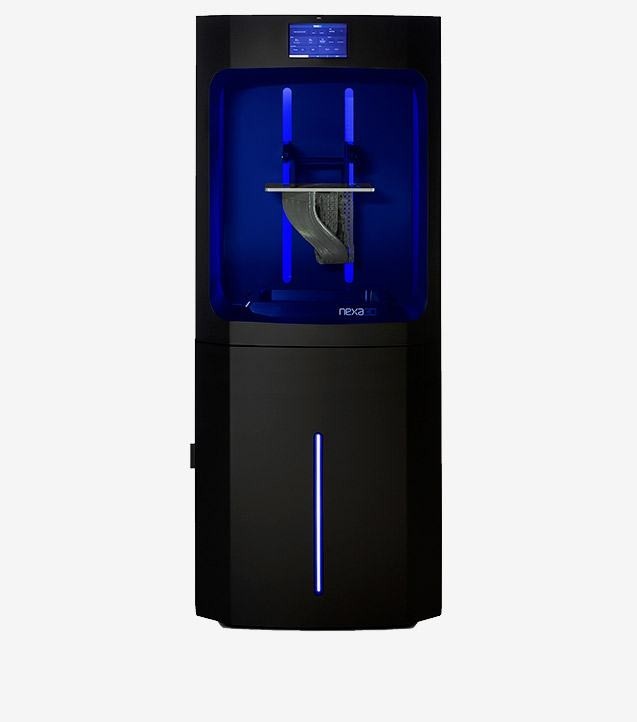
Credit: nexa3d.com
The NXE 400 is an industrial resin 3D printer based on proprietary Lubricant Sublayer Photo-curing (LSPc) technology, which allows for ultrafast printing speed, that is 6 times the speed of any other industrial 3D printer. The device features a large build volume of 274x155x400 mm and provides high-detailed prints with edge-to-edge consistency and perfectly smooth surface finish. The NXE 400 is compatible with a wide range of resins, including xPeek, xABS, and xFlex.
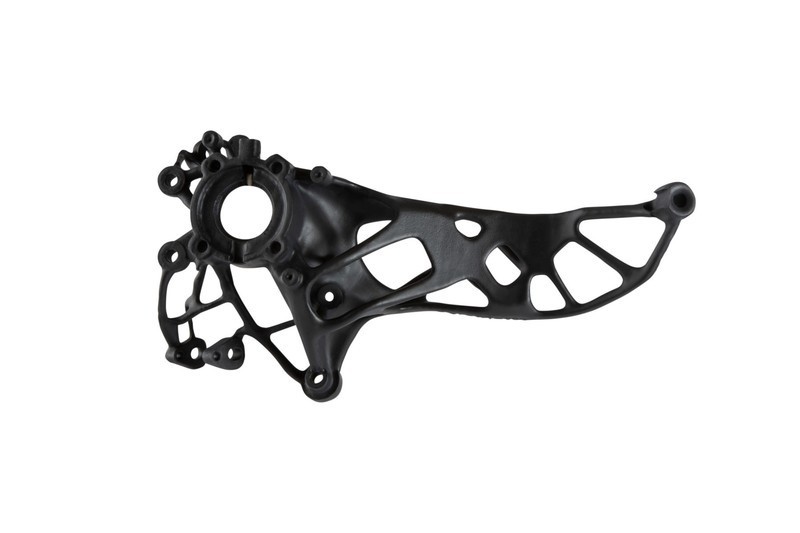
Pros
- Extremely high print speed
- Accurate detailed prints with smooth surface finish
- Large build volume
- Wide range of compatible materials
Cons
- Price can be too high for small companies
The fastest special purpose 3D printers
A lot of 3D printers in the market perform pretty well in a number of various applications, be it prototyping, consumer goods manufacturing, modeling, and more. Still, each model has its own strengths and weaknesses, determined by the technology used, the build volume, compatibility and other factors that we take into consideration when choosing the device answering our requirements. Aside from this, there are industries with very specific needs, like, for example, dentistry or jewelry, so some manufacturers design special purpose 3D printers for such applications.
The fastest dental 3D printer from China
Uniz NBEE 3D printer

Credit: uniz.com
The Uniz NBEE is an LCD 3D printer designed specially for the dental industry. Claimed as the fastest resin 3D printer in the world, it can produce six dental models in 5 minutes. High print accuracy is of crucial importance in dentistry, and the Uniz NBEE perfectly meets this goal, producing aligners, removable dies, surgical guides, crowns, bridges, and brackets. The Uniz company produces a wide range of special photosensitive dental resins; besides, the printer is compatible with third-party materials.

Credit: uniz.com
Pros
- Extremely high speed (max. 280 mm/h)
- Great quality of prints
- Wide range of compatible materials
Cons
- Price
The fastest 3D printer for jewelry
Prusa SL1S Speed 3D printer

Credit: prusa3d.com
When we talk about 3D printing in jewelry production, we don’t normally mean printing end-use products. It’s rather about printing wax models that will then be used in the traditional lost wax method. The Prusa SL1S Speed is a perfect device to be used for this. The SL1S is an LCD resin 3D printer that combines high-quality detailed printing, which is essential for jewelry manufacturing, and lightning-fast speed. The device features the build volume of 127x80x150 mm and prints with 405 nm UV resin; the SL1S also allows using resins produced by different manufacturers.

Credit: prusa3d.com
Pros
- Lightning-fast speed
- Excellent print quality
- Easy operation
- Third-party consumables compatibility
Cons
- Rather pricey
Conclusion
To summarize, we can say that the speed parameter should be definitely taken into consideration while choosing a 3D printer. Still, as we see, there are plenty of other factors that can affect the duration of the printing process, so the point is to find the right balance between speed, quality and cost-effectiveness, which answers your particular requirements. For large-scale manufacturing, speed is of great importance, while for consumers it can be the printing quality that comes to the fore. We hope that our list will help you choose the best 3D printer suitable for your personal needs.
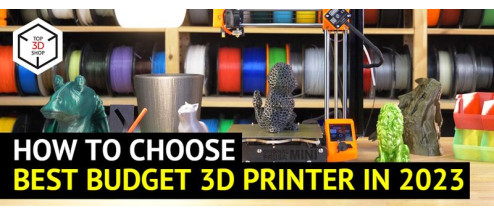
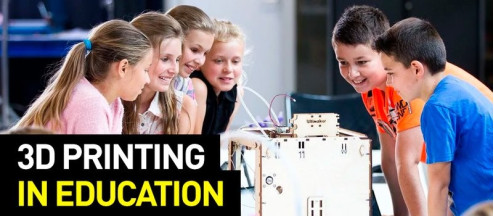
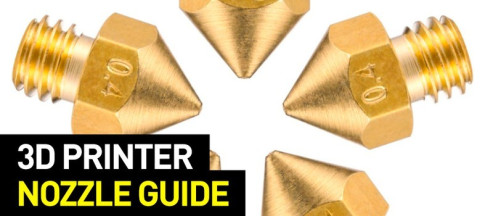
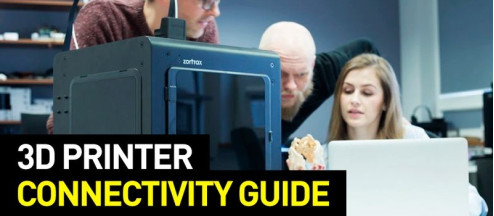
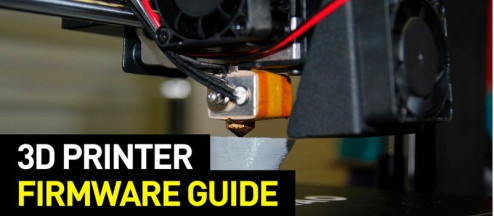
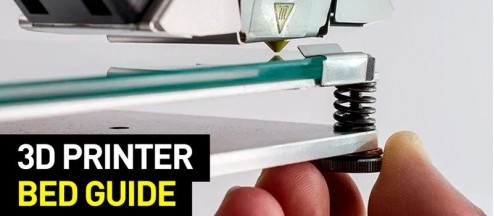
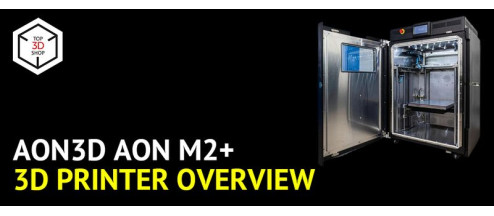
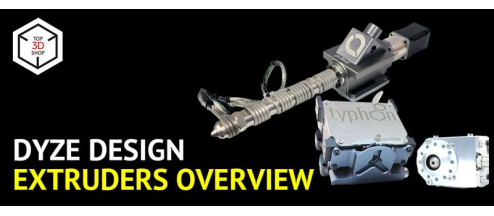
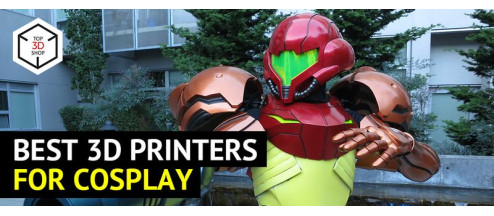
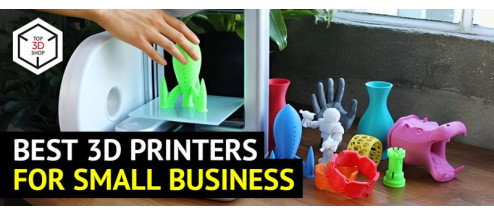
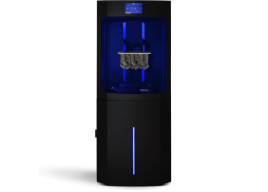
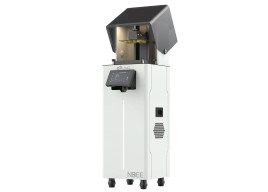
Write a comment